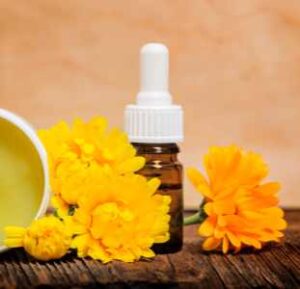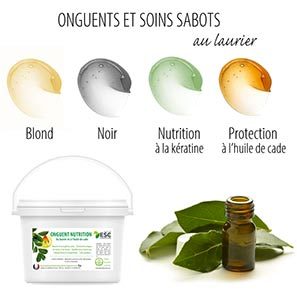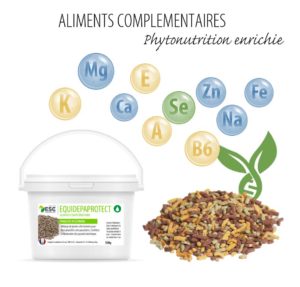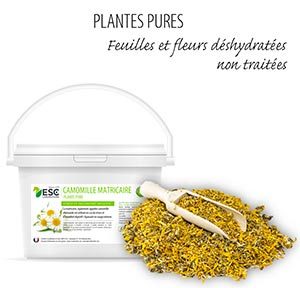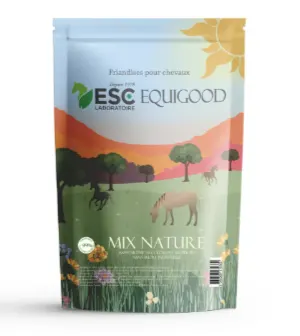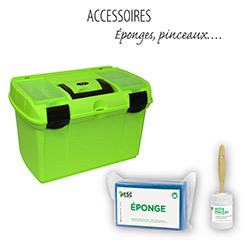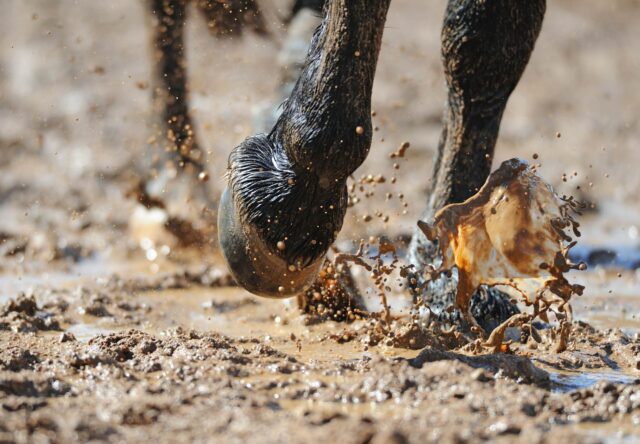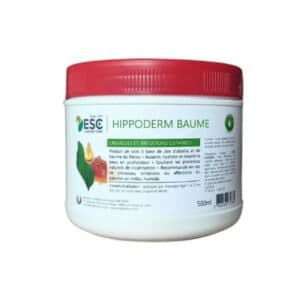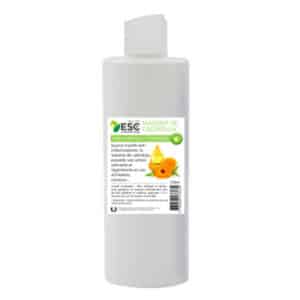Mud scab in the horse is a common skin condition that causes skin irritation from the lower limbs. As its name indicates; Many horses suffering from mud scab usually develop this disease because of their environment: a wet and muddy soil. It is therefore much more frequent in winter and autumn, but can occur at any time of year.
To help you treating a horse suffering from mud scab or prevent this disease in your horses, here is all you need to know about it and the most effective solutions.
The mud scab or dermatophilosis: what is it?
The mud scab in horses is Non-communicable skin condition (which means that it is not transmitted from one horse to another or to humans) which causes irritation from the bottom of the members of the horse. It is secondary to an infection with a bacterium, Dermatophilus congolensis, which develops in a wetland.
Also called « paturon dermatitis », she can actually appear anywhere on the body of the horse, and not just about the members as many people can believe. This skin disease is also found on the stomach, neck, tail and back of the horse.
Mud fever may affect all breeds of horses, although this condition is more common in line horses and more sensitive skin breeds. It is noted that this skin infection preferentially affects the members with balzanes.
The symptoms of mud scab in horses
In most cases, mud scab appears on the paturon of the horse, between the ball and the hoof of the horse, the area closest to the ground and humidity.
The most common symptom of dermatosis is la presence of crusts in the lower region of the horse member(s). In case of mud scab, when pulled on the hairs glued to a crust, they are loose enough and are "pasted in brush".
The mud scab is usually not pruriginous (it does not scratch). Crusts may be associated with crevices, but crevices are not a result of bacterial infection, but of prolonged exposure to moisture and irritating factors such as soil or sand.
The mud scab is often painful, especially when accompanied by crevices, and may be responsible for irregularity and rarely lameness. It may also be associated with local congestion. When the mud scab is not treated in time, there may be development of other pathogenic bacteria or fungi which will make its management even more complex!
The sooner you detect any signs of infection on your horse's skin, the better. As with many health problems in horses, uearly detection may be essential to provide a quick response and avoid further complications. It is therefore essential to check daily the members of your horse, especially during the wettest months.
What are the main causes of dermatophilosis in horses?
The most common cause of mud scab is the fact that your horse remains exposed to a wet or muddy soil for a long time. Remember, this skin condition is caused by a bacterial infection of a germ that develops in a humid environment.
Your horse may develop mud scab if:
- Stay on wet or muddy soil for long periods
- Is locked in a dirty box for long periods
- Has skin irritation or injury that is not treated quickly;
- To sensitive skin, finer (such as pure blood or Arabic breeds);
- Immune impairments;
Possible consequences of untreated mud scab
Although mud fever causes rarely a lame, If not treated, other complications may occur.
As we have seen above, if it is not treated in time, the mud scab can accompanied by bacterial overinfections and fungals making healing complicated.
Moreover, it can develop into lymphangitis or cellulitea bacterial infection that affects the deep layers of the skin. In the case of cellulitis, there may be tissue necrosis or even toxaemia if the infection spreads throughout the body through the blood. In both cases, general antibiotic treatment will be required.
If the affected member remains inflated for a long time, it will more fragile and subject to congestion, drainage systems damaged.
How do I treat the mud scab in my horse?
The first thing to do if you find that your horse can potentially suffer from mud scab is to providing local care as stated below and to return if necessary your animal dry time to do the care.
In case of extensive injury, pain and/or swelling, any other symptoms you are concerned about, or if you fail to overcome them, call your veterinarian who will be able to make the right diagnosis, implement appropriate treatment and give you wise advice. Local sampling and blood sampling may in some cases be necessary for a specific diagnosis.
Mud measures to prevent or support this condition:
Here a list of measures to be taken when a mud scab is suspected:
-
- Limit moisture where possible: Return the horse to the stable to perform the care, limit the showers if they are the cause.
- Maintain the box correctly when immobilizing.
- Mow if necessary (do not shave) to limit maceration. Be careful not to mow too short Because the hairs are protective, and leave the hairs of the ergot that serve as a gutter when it rains.
- Make a mild soaping, for example with a chlorhexidine-based soap, which will allow to disinfect and gently remove crusts. Do not soap more than 3 days in a row. Always dry with a clean sponge towel after humidifying the treatment area
- Apply a protective cream to promote healing and fight infection. Our Hippoderm Balm is an external care for horses based on bee wax, Peru balm and zinc oxide. It will allow you to sanitize, moisturize and deeply nourish the skin of your horse. It is therefore a valuable help to actively support natural healing processes.
Essential oils and oily macerates may also be useful in the management of mud scab. Our oily extract of calendula flowers is recommended in case of skin irritation. Rich in unsaponifiable fatty acids with calming properties, it will support natural processes of regenerating the epidermis.
Quickly relieve a horse suffering from mud scab
You will understand, mud scab is not a skin condition to take lightly. Being able to touch horses of all ages and races, it is crucial to take care of it as quickly as possible to avoid complications. Think about consulting your veterinarian to identify the most appropriate treatment and complete his recommendations with Nos natural treatments against mud scab which will promote healing in your horse.


